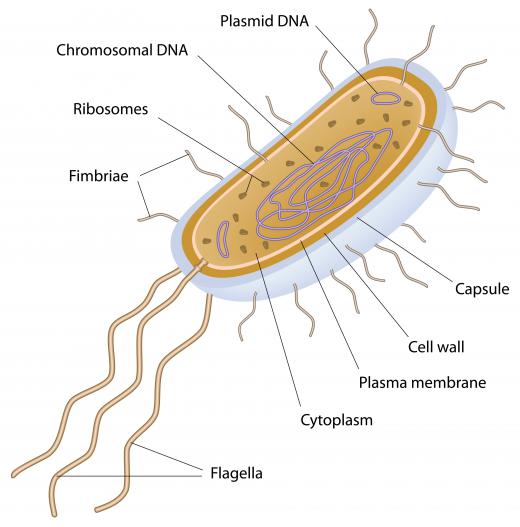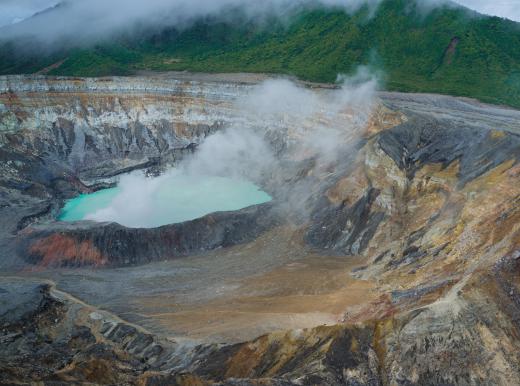What are Archaea?
 Michael Anissimov
Michael Anissimov
Archaea are a major group of prokaryotes, single-celled organisms without nuclei. In the three-domain system of classification introduced by Carl Woese in 1990, they are one of the three groups, along with Bacteria and Eukaryota. When they were first discovered, in extreme environments like the hot springs in Yellowstone Park, Archaea were miscategorized as bacteria, and were called Archaebacteria. Sometimes, organisms in this group are still referred to as archaebacteria, although this term has fallen out of favor, since they are not bacteria. Despite this, many have the suffix –bacteria included in their species name, a carryover from the time when they were thought to be bacteria.
Possibly among the first living things on Earth, Archaea appear to date back to the Archean era, 3800 – 2500 million years ago. Their name means “old ones” in Greek. Although they are prokaryotes like bacteria, they are more closely related to eukaryotes such as amoeba. Archaea were first only found in small quantities in extreme environments, but have since been found in many other places, and may make up 20% of the planetary biomass.

Archaea are well known for being extremophiles, and would have thrived in the harsh conditions found on the early Earth, billions of years ago. It is difficult to conceive of a planetary disaster which could destroy all of these organisms. Three main groups are the halophiles (salt lovers), thermophiles (heat lovers), and acidophiles (acid lovers).

Halophiles, such as Halobacterium, can survive in water five times saltier than the ocean, and are found in large numbers in places like the Great Salt Lake, the Dead Sea, and Lake Magadi in Kenya. Thermophiles, such as Thermus aquaticus, thrive in temperatures above 113°F (45°C), making use of unique enzymes that operate only under such high temperatures. Hyperthermophiles are a type of archaea that need even higher temperatures to reproduce. The infamous Strain 121, extracted from a deep sea hydrothermal vent off the coast of Washington state, can survive and reproduce at temperatures of 250°F (121°C), the temperature of an autoclave. Acidophiles such as Acidianus infernus survive in water with a pH below 2, about as acidic as stomach acid.
AS FEATURED ON:
AS FEATURED ON:














Discuss this Article
Post your comments